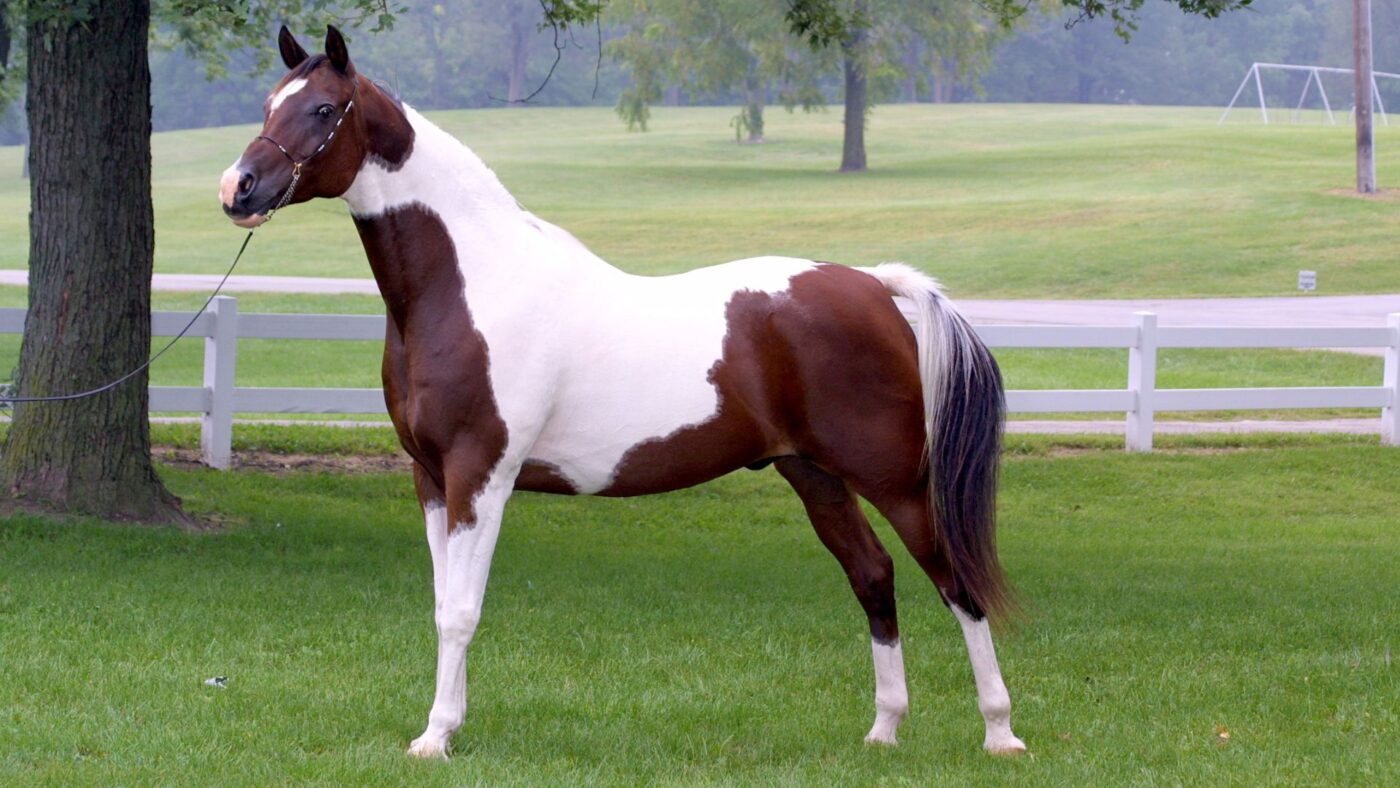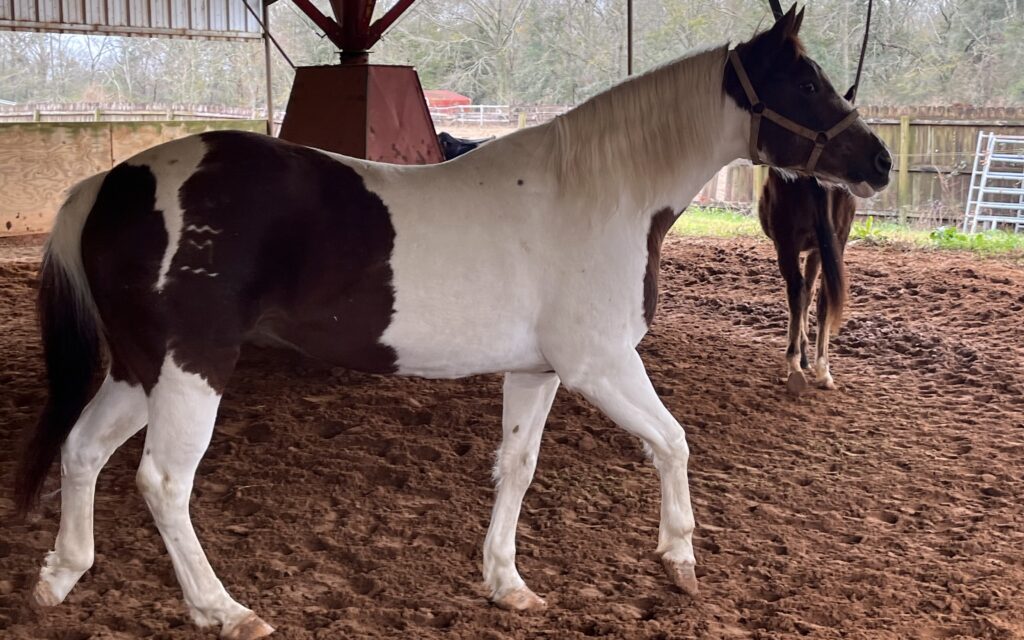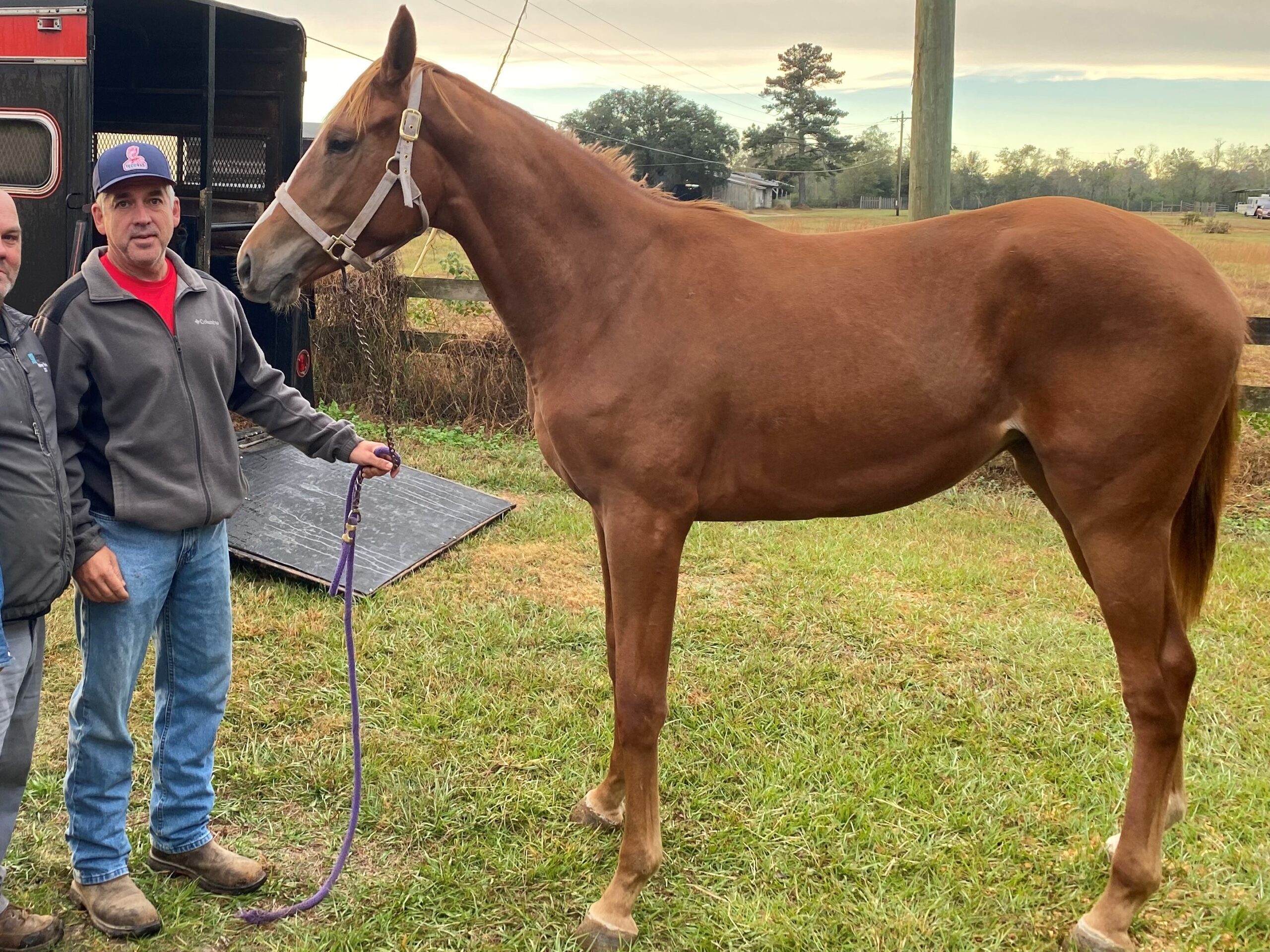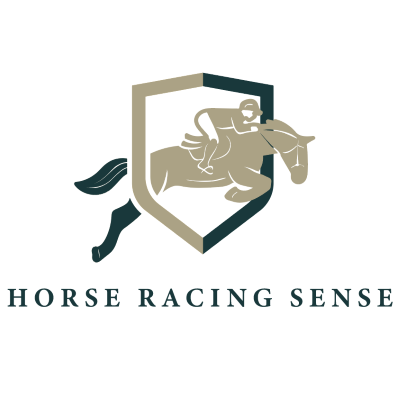Last updated: February 12, 2024
Did you know that despite their strikingly similar appearances, Paint and Pinto horses are distinguished not just by their coat patterns but by their lineage and breed standards? This common confusion between the two is exactly what we’ll unravel in this article.
Drawing from my experience with horses and owning many, including plenty of Paint and Pintos, I aim to shed light on their differences and similarities. This insight will help you understand which horse might be the perfect companion for your equestrian adventures.

Paint vs Pinto Horses: Clarifying Visual Similarities
You’ve likely encountered Paint and Pinto horses, two types that seem so similar it can be hard to tell them apart. But, dig a little deeper, and you’ll find that their family trees is what actually sets them apart.
Visual Cues: Not the Deciding Factor
Similar Coat Patterns:
- Both Paint and Pinto horses can display coat patterns like tobiano, overo, and tovero. These shared patterns mean visually distinguishing an unregistered Paint from a Pinto can be challenging without further information.
Understanding the Distinction
Breed Lineage and Registration:
- The crucial differences lie in lineage and registration. Paint horses are associated with specific lineage requirements and must be registered with the American Paint Horse Association (APHA). Pinto horses, identified by their coat patterns, can belong to various breeds and are not restricted by lineage in the same way.
Unregistered Paints and Pintos:
- An unregistered Paint, lacking documented lineage or APHA registration but displaying characteristic color patterns, visually resembles a Pinto horse. This is because “Pinto” denotes the color pattern, not a specific breed.
Key Takeaway
Indistinguishable Without Documentation:
- Without registration documents or a known pedigree, distinguishing between an unregistered Paint horse and a Pinto horse based on appearance alone is not feasible. The differentiation is rooted in administrative details, breed standards, and lineage, rather than visual identification.

Understanding Paint Horses
- Origins: Descendants of Spanish explorers’ horses mixed with native American and frontier stock.
- Breed Characteristics:
- Unique coat patterns: tobiano, overo, tovero.
- Traits: Intelligent, friendly, adaptable.
- Breed Standards: Set by the APHA, focusing on coat pattern, conformation, and lineage.
- Uses and Activities:
- Versatile in Western and English disciplines.
- Suitable for professional sports and recreational riding.

Understanding Pinto Horses
- Definition: Not a breed but a description of coat patterns found in various horse breeds.
- Color Patterns:
- Tobiano: Large, rounded spots with a white base.
- Overo: Irregular, splash-like markings.
- Pinto Horse Associations: The Pinto Horse Association of America (PtHA) focuses on promoting Pinto patterns.
- Uses and Activities:
- Popular in show rings for their striking appearance.
- Excel in performance and pleasure riding due to athleticism and temperament.

Choosing Between Paint and Pinto Horses
When deciding between a Paint and a Pinto horse, several factors come into play that go beyond just the aesthetic appeal of their coat patterns. Here’s a deeper dive into what prospective owners should consider, especially when thinking about breeding for registration purposes and competition.
Considerations for Prospective Owners
Purpose and Use:
- Assess your goals, such as competitive riding, leisure, or showmanship, to align with the horse’s inherent strengths.
Breed Characteristics:
- Paints: Renowned for their lineage, versatility in various disciplines, and friendly nature. Ideal for those looking to compete in American Paint Horse Association (APHA) sanctioned events.
- Pintos: Appreciated for their eye-catching coat patterns and adaptability across different breeds. They offer versatility but with a broader spectrum of breed characteristics due to their color pattern classification.
Breeding Considerations:
- If you’re planning to breed and wish to register the foal as an American Paint Horse, it’s crucial to ensure that both parents meet APHA’s registration criteria. This consideration is vital for competitive owners who aim to participate in APHA events.
My Personal Preference:
I prefer Paint horses for several reasons. First, our region hosts events that cater specifically to Paint horses, providing ample opportunities for participation and competition.
Additionally, the prevalent Quarter Horse lineage among Paint horses enhances their suitability for a variety of Western disciplines, such as barrel racing, roping, and serving as all-around cow horses.

Skewbald and Piebald Horses: APHA and PtHA Registration
Color Patterns Explained:
- Skewbald: White and any color other than black.
- Piebald: Black and white coat colors.
APHA Registration:
- Eligibility: Must have pedigrees linking to Quarter Horses or Thoroughbreds.
- Requirements: Display one of the accepted patterns (Tobiano, Overo, Tovero).
- Note: Being Skewbald or Piebald alone does not guarantee APHA registration.
PtHA Registration:
- Focus: Primarily on coat color and pattern.
- Leniency: More flexible regarding breed backgrounds.
- Criteria: Must meet color, pattern requirements, and have a minimum amount of white markings.
Skewbald and Piebald horses, known for their eye-catching color patterns, have specific registration criteria with the APHA and PtHA. Understanding these requirements is crucial for owners looking to register their horses and participate in breed-specific competitions and events.
Discover the unique qualities of Paint and Pinto horses with this insightful YouTube video.
FAQs on Paint and Pinto Horses
What’s the difference between Paint and Pinto horses?
The main difference lies in their classification; Paint horses are a specific breed with strict lineage requirements, while Pinto horses are defined by their coat patterns and can belong to various breeds.
Can a horse be both a Paint and a Pinto?
Yes, a horse can be both if it meets the American Paint Horse Association’s breed standards for lineage and also exhibits the color patterns recognized by the Pinto Horse Association of America.
How can I tell if my horse is a Paint or a Pinto?
Determining whether your horse is a Paint or a Pinto involves looking at its lineage, breed registration, and coat patterns. Paints have specific breed lineage, while Pintos are identified by their coat patterns across various breeds.
Is a Paint horse a good beginner horse?
Paint horses can be good beginner horses due to their generally calm and friendly temperament. They are versatile and often suitable for various disciplines. However, it is essential to assess each horse for a beginner rider before deciding.
What are the accepted color patterns for Paint horses?
Paint horses are recognized in three main color patterns: Tobiano, Overo, and Tovero, each with distinct characteristics and distribution of white and colored areas on the horse’s body.

Conclusion
Throughout this article, we’ve explored the vibrant worlds of Paint and Pinto horses, delving into their origins, characteristics, and the unique qualities that set them apart. From the distinct lineage and breed standards of Paint horses to the diverse color patterns that define Pintos, we’ve uncovered the factors that prospective owners should consider when choosing between these two remarkable types of horses.
Encouragement for Further Exploration
To deepen your understanding and appreciation of these horses, we encourage visiting reputable breed associations and viewing horses in person. Engaging with the community and experiencing these horses firsthand can provide invaluable insights and enrich your journey in the equine world.
Call to Action
We invite you to share your experiences or questions about Paint and Pinto horses. Whether you’re a seasoned owner or new to the equine community, your stories and inquiries contribute to a richer, more informed network of horse enthusiasts.
Authoritative Resources
For authoritative information and further reading, consider visiting the following resources:
- American Paint Horse Association (APHA): A cornerstone for Paint horse enthusiasts, offering a wealth of information on breed standards, registration, and events.
- Pinto Horse Association of America (PtHA): Your go-to source for everything related to Pinto horses, including registration details, show schedules, and breed history.
These resources serve as excellent starting points for anyone looking to learn more about Paint and Pinto horses, engage with community events, or explore registration and competition opportunities.

About the Author: Miles Henry
Lifelong Horseman | Racehorse Owner | Published Author
Miles Henry brings over 25 years of hands-on experience training and owning Thoroughbred racehorses. Raised with Quarter Horses and Appaloosas, he’s spent a lifetime learning from horses—on the track, in the barn, and in the field. Today, he runs a small but successful racing stable in Louisiana and shares real-world insights on HorseRacingSense.com, helping horse owners, fans, and bettors navigate the sport with confidence.
📚 Books: View Miles’s books on Amazon »
🎧 Podcast Guest: Animal Tales Ep. 32 |
YouTube Interview
📩 Newsletter: Sign up for racing tips and horse care advice »
🔗 Follow Miles:
Twitter |
Facebook |
YouTube


